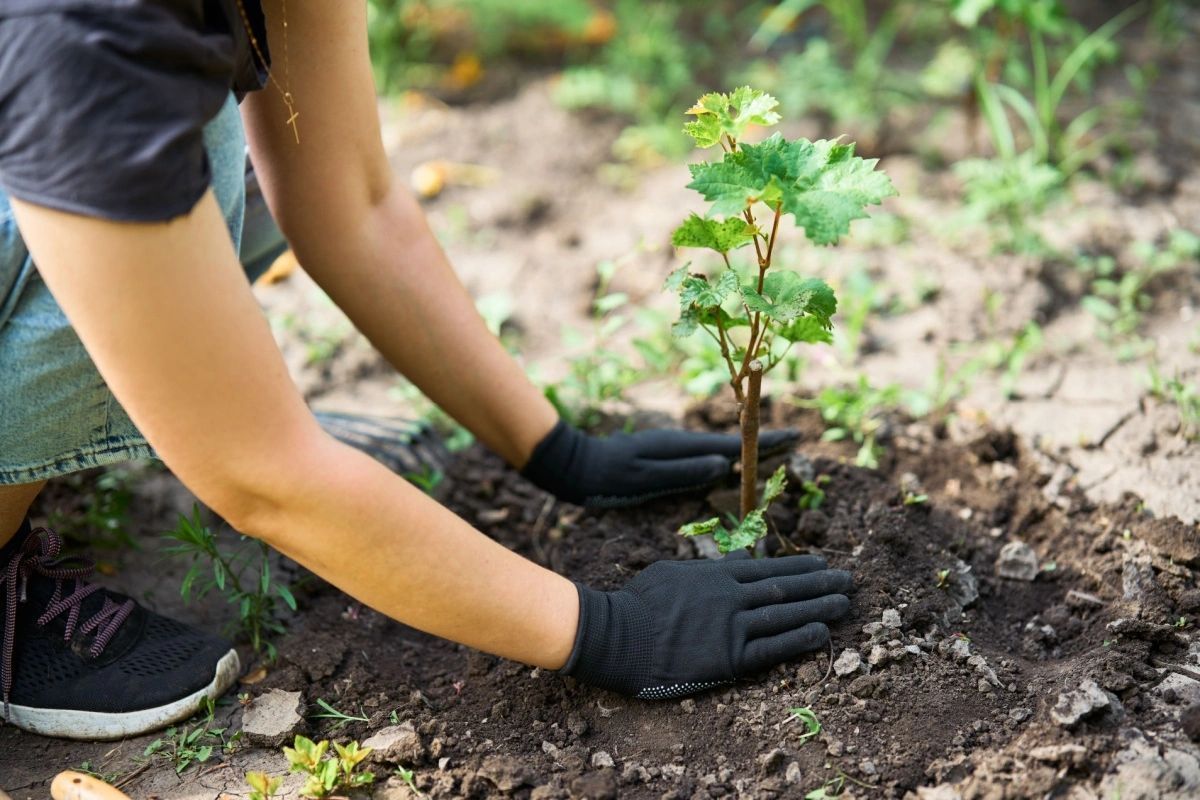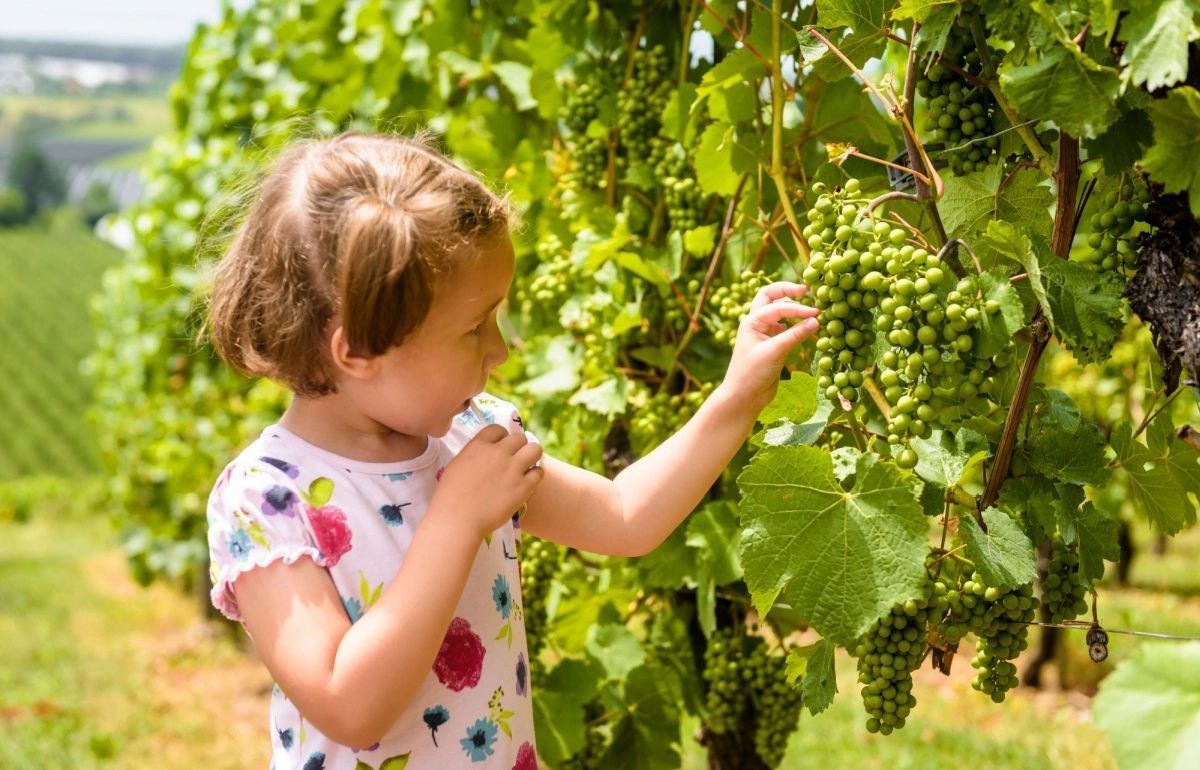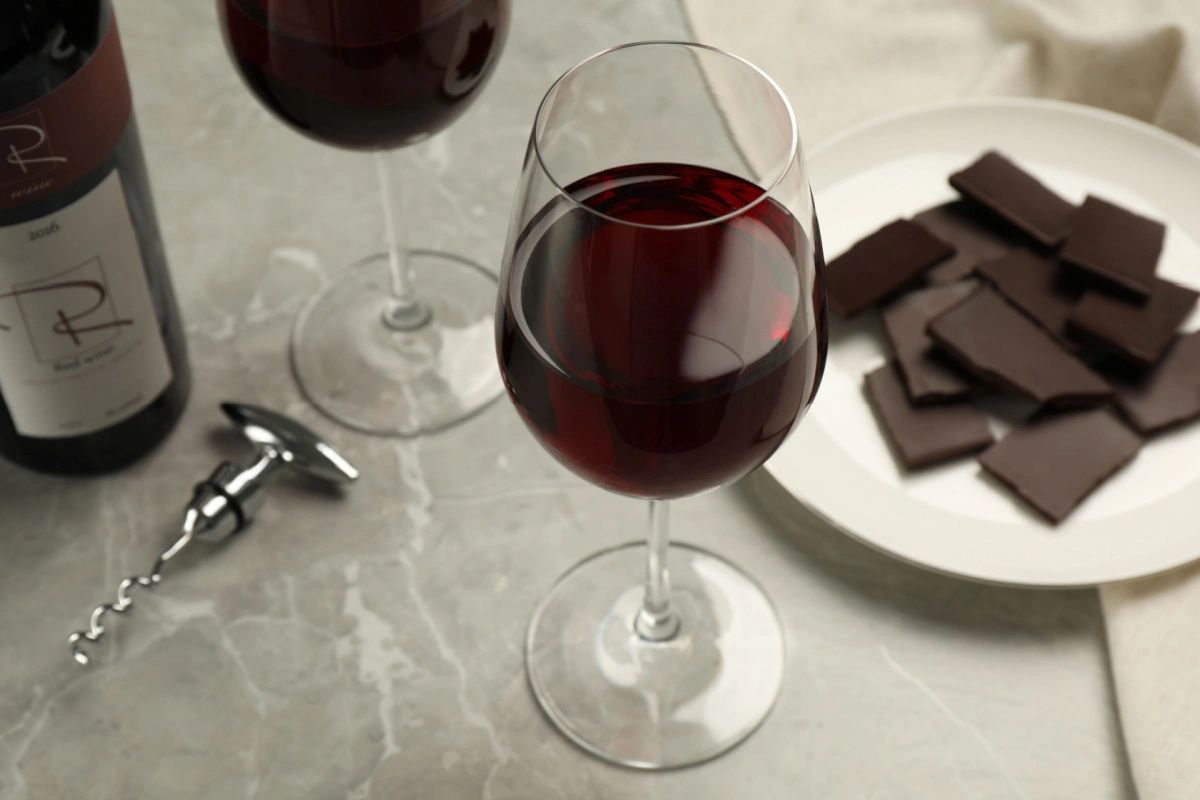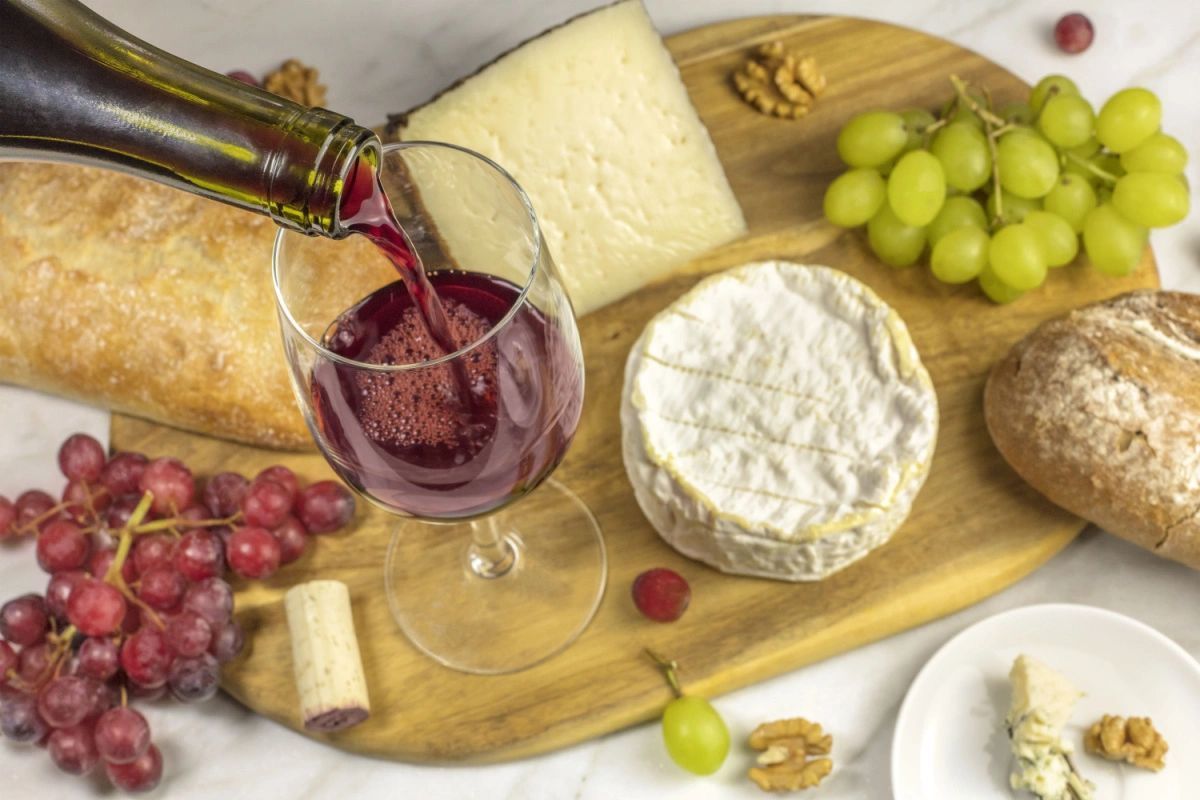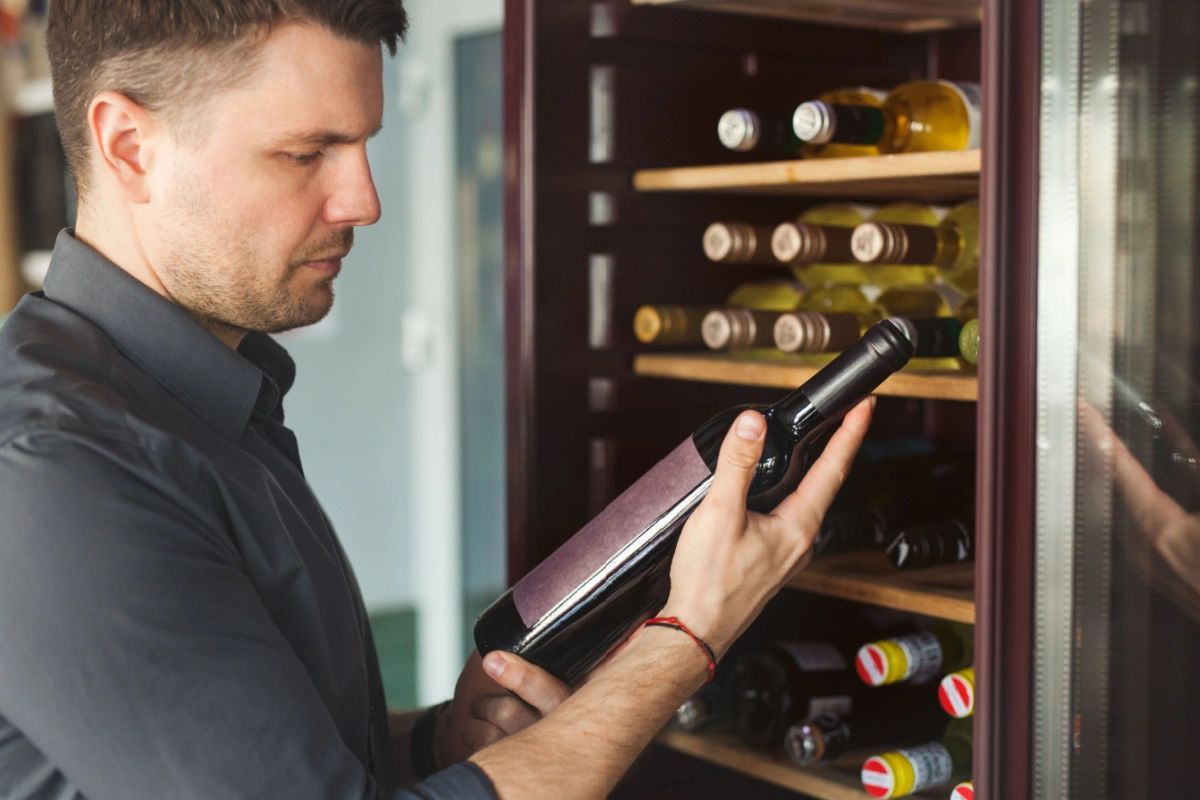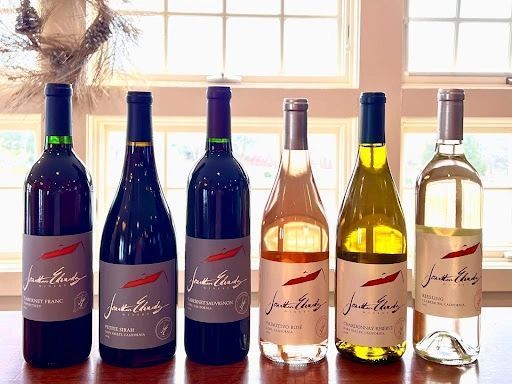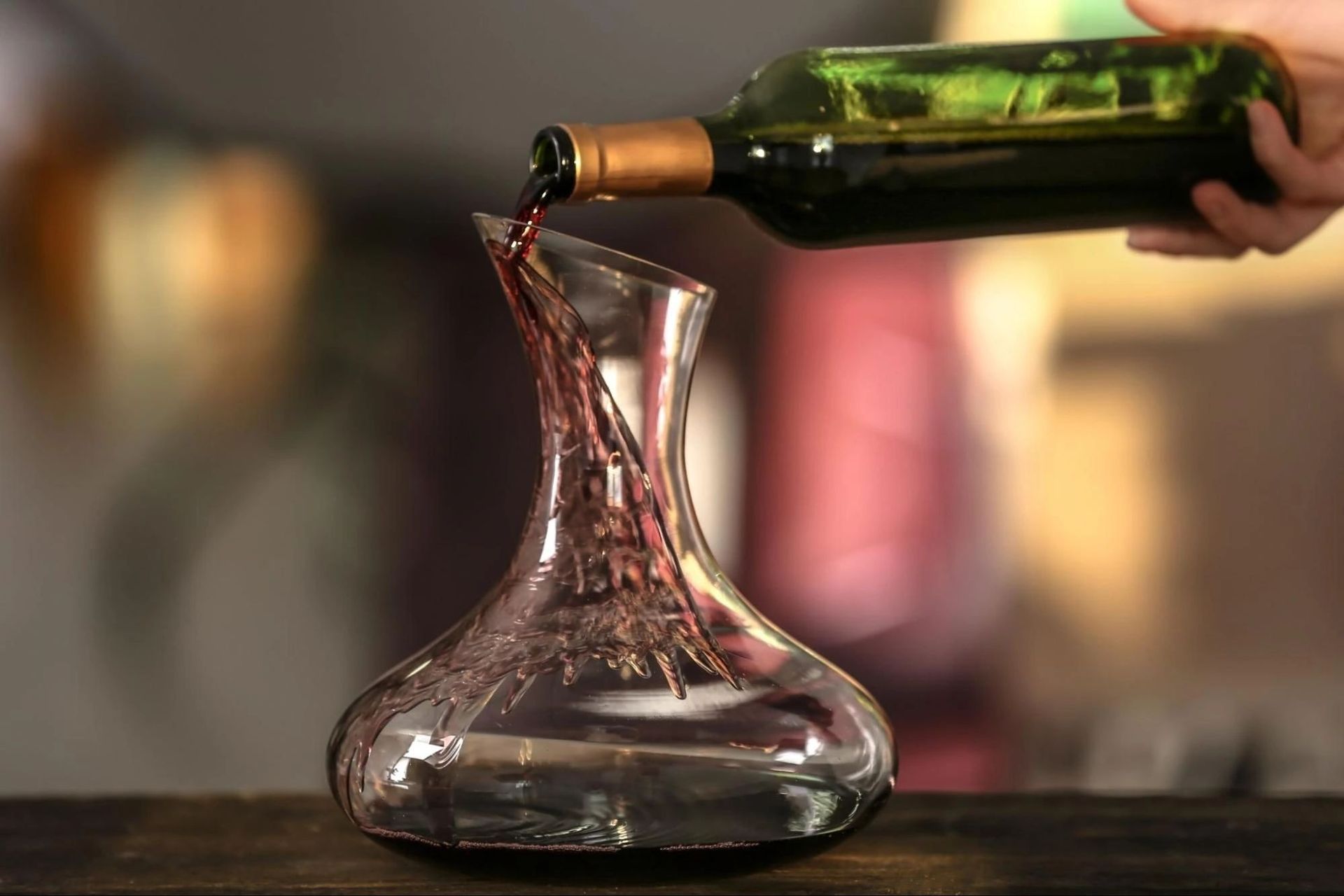
Wine decanting is an ancient practice, though many people don't understand why and when necessary and which wines need decanting.
Reasons to Decant Wine
Wine was originally decanted to separate solids from good wine and make it more clear. However, these days, we have advanced tools to filter most sediment from modern wines and prevent some types of solids from forming in the first place.
Aeration is the process of introducing oxygen to wine, which softens tannins and releases gases that form in oxygen-deprived environments. One way to aerate wine is decanting. Decanting allows wines' flavors and bouquets to bloom.
Decanting wine can filter out chunks of cork that fall into the bottle. These chunks float near the neck of the bottle, as does sediment. If you pour slowly and carefully, you can separate the cork from the wine. In an abundance of caution, you can use a filter, which enhances the aeration of the wine.
Which Wines Benefit from Decanting?
Not all wine needs decanting, though it is suggested for several types to improve the flavor. Aged red wines have more sediment than rosés and young whites, while older wines and ports contain the most sediment.
Almost all types of wines benefit from decanting because it exposes them to air. Red wines with a lot of tannins present the strongest case for decanting to improve their flavor. The types of wine that benefit most from decanting include:
- Malbec
- Shiraz or Syrah
- Cabernet Sauvignon
- Bordeaux
- Burgundy
The only wines that shouldn't be decanted are sparkling wines and Champagne. When decanted, these wines will lose some of their peppy bounce and effervescence.
How Do You Decant Wine?
To decant wine, set it vertically for a few hours to a few days to make sediment settle to the bottom. Use a corkscrew and open your wine. Ever so gently and slowly, pour your wine into the decanter. Don't tip the bottle up too high if the wine has sediment in it. Use a light source behind the bottle to help spot sediment. Leave about a half to quarter inch of wine in the bottom of the bottle. Use it within 18 hours.
Visit Jonathan Edwards Winery to learn more about wines, enjoy a wine tasting, tour the vineyard, or book your wedding or event today!
Categories
Sign up for blog updates!
Join my email list to receive updates and information.
Contact Us
We will get back to you as soon as possible.
Please try again later.


